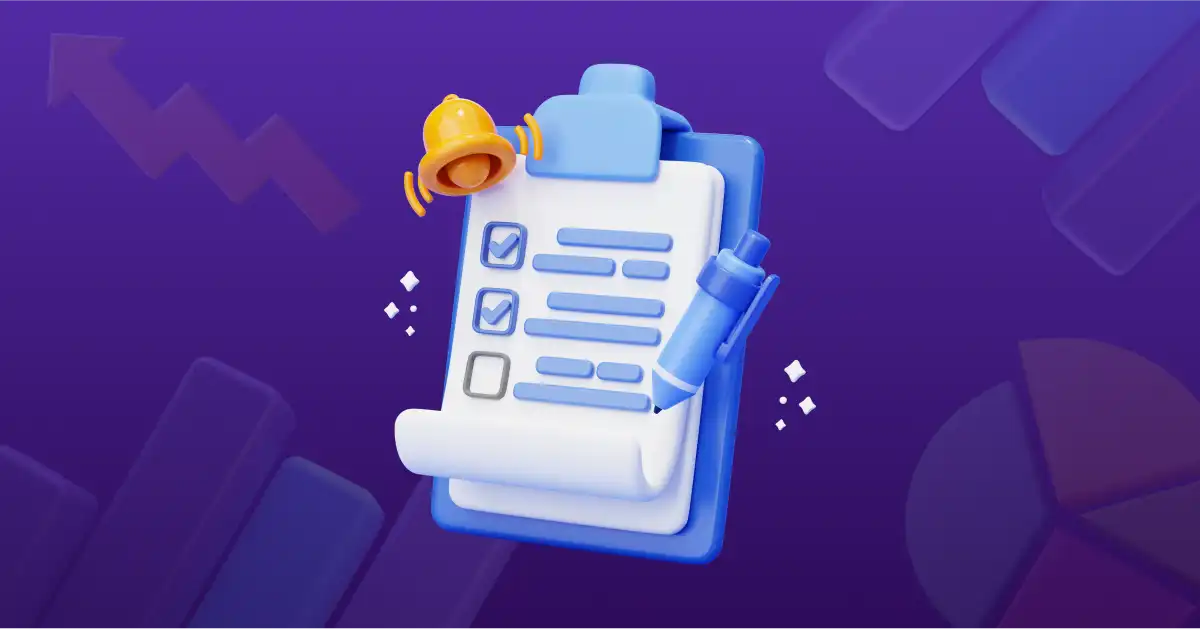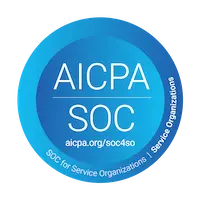Every business should be continuously investing in employee training. An underskilled workforce can put you at a significant disadvantage, especially if you occupy a saturated market. The good news is that you don’t have to lose out to your competitors. With robust employee training programs, you can tap into the full potential of your employees. By giving them the resources they need to upskill, you’re turning your workforce into your most important asset.
Not sure how to develop a training program for employees? Perhaps you need some pointers on putting together a great training session. We’ve got you covered.
Employee Training Programs Explained
An employee training program is a workplace initiative designed to improve the skills and broaden the knowledge of employees. These initiatives are typically led by HR departments, but relevant stakeholders can also participate. One of the key goals of employee training is to improve the performance of workers and boost productivity. In some cases, an employee training plan might be used to help an employee climb from one rung of the career ladder to the next.
While employees obviously benefit, so too does the employer. Skilled employees who can confidently carry out their duties are less likely to experience burnout and hand in their resignations. As such, it makes sense to invest in employee training programs if you’re eager to tackle a high turnover rate. Once training has been delivered, there are also near-instant productivity gains that bolster a company’s bottom line.
Creating an Effective Employee Training Program
Putting together an effective employee training program isn’t always simple. Need some pointers? Read on for the most important steps to bear in mind when creating your training program.
1. Determine Training Needs
You can’t design and deliver training without first identifying the skills and knowledge gaps within your organization. You can focus on everyone as an individual for this, or keep things broader by evaluating entire departments. While you can schedule interviews and use employee questionnaires for your training needs assessment, don’t forget about existing references like HR records and previous performance reviews.
In some cases, training needs may already be established. However, you’ll still need to sift through these training needs and decide which ones get priority. Think about departments and employees with the most immediate need for training, along with what you hope to get out of training once it’s been delivered.
2. Think About Training Objectives
After performing a training needs assessment, you’ll have a clear idea of what skills and knowledge your employees are lacking. You’ll also be able to see how far your team has to go in order to meet the minimum desired standard. Take the time to consider these gaps to help you decide which training needs to focus on.
You can now start setting organizational training objectives. Outline learning objectives and anticipated outcomes, making note of how training aligns with your larger business goals. When setting objectives, think about using SMART goals to simplify the process.
3. Training Action Plans
Your training and development program initiatives are finally ready to take shape. Bring together training materials and other learning content, along with ideas for training methods. Take your time when creating training modules, ensuring they’re aligned with preferred learning styles.
You’ll also now need to start thinking about who’s going to be taking charge of day-to-day training. It might seem cost-effective to bring a senior manager into play as a trainer, but consider the resulting downtime and financial impact.
Next, you can focus on training timelines, ensuring you leave sufficient space for learners to absorb all that new knowledge. You’ll also want to avoid causing too much disruption to everyday operations.
4. Putting Everything into Practice
As soon as your training program is deployed, you should be keeping an eye on progress. Using KPIs is an obvious way to measure training effectiveness, but you’ll also need to monitor employee engagement to ensure everyone’s getting the most out of the initiative.
5. Training Evaluation and Refinement
If you’re constantly monitoring your training program, you’ll have a clear idea of what’s working and what isn’t. If things are moving in the wrong direction, avoid the urge to call it quits. Instead, make changes as and when the need arises.
8 Practical Examples of Training Programs
Any successful business will have to design and deploy multiple training programs at some point. Below, we’ll explore some of the most common you’ll encounter.
1. Onboarding and Inducting New Hires

Even if you’re working remotely, those new hires need to be onboarded. A good onboarding process should introduce an employee to a company’s culture, brand vision, and organizational objectives. Furthermore, employees should leave the onboarding phase with all the skills they need to get started in their new roles.
2. Compliance Training Programs
If you want to avoid all manner of legal issues, you need to take compliance training seriously. Across many industries, employees will need to have compliance certification before they can be put to work in certain roles. Some companies use in-house trainers for compliance initiatives, while others bring in third-party services.
3. Customer Training Programs
Customer training doesn’t apply to every industry. However, it’s regularly brought into play in the software industry, where customers need to be introduced to the finer workings of a product. However, customer training videos can also be released alongside physical products to expand market reach and build stronger relationships with consumers.
4. Leadership Training Initiatives
A key initiative for professional development, leadership training focuses on soft skills like conflict resolution. It can help prepare more junior employees for eventual promotion, while also allowing employers to earmark those who show natural leadership ability.
5. Management Training Initiatives
Robust training programs will help you produce better managers. Management training typically covers soft skills, as well as more technical knowledge that senior employees need to know. Management training can be delivered to fresh recruits, existing employees on the way up, or existing managers.
6. Software and Product Training
Things get a little more complicated when it comes to product and software training. Customer training can be delivered to the end user themselves, or to customer success agents who are tasked with ensuring customers are getting maximum value from their investment.
7. Sales Enablement

Sales enablement training can dramatically increase the performance of a sales team. Those just starting out in an entry-level position will need to brush up on basic tactics. Meanwhile, those with more experience can be trained in more advanced sales strategies, including identifying new sales trends that might be emerging.
8. Technical Skills Development and Training
Some roles require more hard skills than soft ones. In many industries, a basic proficiency with technical skills is required before employees can be put to work. Historically, hard technical skills covered things like machine operation. Today, technical skills can encompass everything from software use to AI engineering.
Enrich Your Online Training Programs with Gloww

Are you worried that an unskilled and underperforming workforce is holding you back? It’s time to carry out a training needs assessment and decide the best route forward. Once you’ve established training priorities, you can start designing training content so it’s in front of your employees in record time.
Of course, you’ll need the right tools at your disposal to get started, especially if you’re an online-only business. With Gloww, you get all the benefits of a video conferencing solution and learning platform in one. Create custom training sessions, gamify your learning experiences, and use interactive tools to ignite creativity and encourage collaboration.
Eager to get going? You can get started with Gloww today. If you’re interested in learning more about our advanced features, check out our premium pricing tiers. Got a question you’re itching to ask? Feel free to get in touch with your message.














